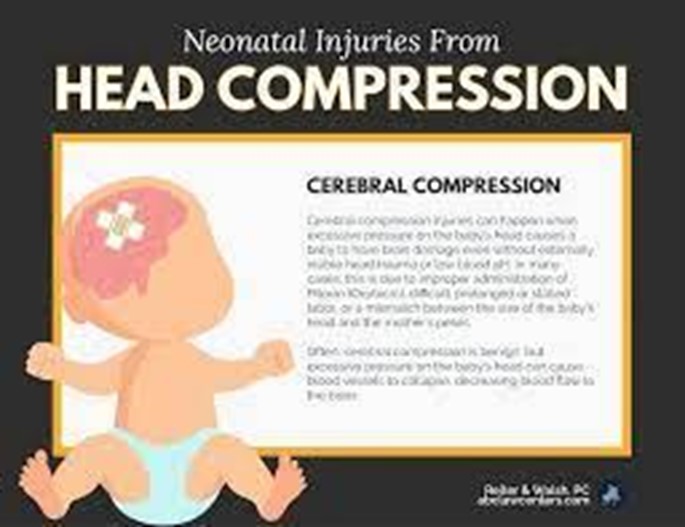A nurse is providing education to a client in the first trimester of pregnancy. What information should the nurse include regarding the cause of indigestion and heartburn?
Increased pancreatic activity during pregnancy causes fat intolerance.
Increased estrogen production causes more hydrochloric acid in the stomach.
Pressure from the growing uterus pushes up on the stomach and intestines.
Progesterone causes relaxation of the cardiac sphincter allowing acid to reflux.
The Correct Answer is D
Choice A rationale:
Increased pancreatic activity during pregnancy causing fat intolerance is not related to the cause of indigestion and heartburn. Pancreatic activity can change during pregnancy, but it does not directly impact indigestion and heartburn.
Choice B rationale:
Increased estrogen production causing more hydrochloric acid in the stomach is not the cause of indigestion and heartburn during pregnancy. While hormones can influence digestion, the mechanism for indigestion and heartburn lies elsewhere.
Choice C rationale:
Pressure from the growing uterus pushing up on the stomach and intestines is a contributing factor to indigestion and heartburn during pregnancy. However, it is not the primary cause. The main cause is related to the relaxation of the cardiac sphincter.
Choice D rationale:
Progesterone causes relaxation of the cardiac sphincter, which is a muscular valve that prevents stomach acid from flowing back into the esophagus. When this sphincter relaxes, it can lead to acid reflux and subsequent indigestion and heartburn during pregnancy. The nurse should educate the client about this hormonal effect to help manage these symptoms effectively.
Nursing Test Bank
Naxlex Comprehensive Predictor Exams
Related Questions
Correct Answer is C
Explanation
Choice A rationale:
Polyuria is not an adverse effect of epidural anesthesia. It is unrelated to this type of pain control.
Choice B rationale:
Hypertension is not an adverse effect of epidural anesthesia. Epidurals can actually cause a decrease in blood pressure due to vasodilation.
Choice C rationale:
This is the correct choice. Pruritus, or itching, is a common adverse effect of epidural anesthesia caused by the release of histamines from local anesthetics.
Choice D rationale:
Dry mouth is not an adverse effect of epidural anesthesia. Dry mouth is more commonly associated with general anesthesia or medications with anticholinergic effects.
Correct Answer is D
Explanation
Choice A rationale:
Fetal hypoxemia is associated with late decelerations in the fetal heart rate (FHR) tracing. It occurs when the fetus experiences a decreased supply of oxygen, typically due to placental insufficiency or maternal hypotension.
Choice B rationale:
Cord compression can lead to variable decelerations in the FHR tracing. It occurs when the umbilical cord is compressed, restricting blood flow to the fetus temporarily.
Choice C rationale:
Uteroplacental insufficiency causes late decelerations in the FHR tracing. It refers to an inadequate blood flow between the uterus and placenta, resulting in reduced oxygen supply to the fetus.
Choice D rationale:

Head compression is the correct answer for early decelerations in the FHR tracing. It happens during contractions when the fetal head is compressed by the maternal pelvis, leading to a temporary vagal response that slows the heart rate.
Whether you are a student looking to ace your exams or a practicing nurse seeking to enhance your expertise , our nursing education contents will empower you with the confidence and competence to make a difference in the lives of patients and become a respected leader in the healthcare field.
Visit Naxlex, invest in your future and unlock endless possibilities with our unparalleled nursing education contents today
Report Wrong Answer on the Current Question
Do you disagree with the answer? If yes, what is your expected answer? Explain.
Kindly be descriptive with the issue you are facing.
